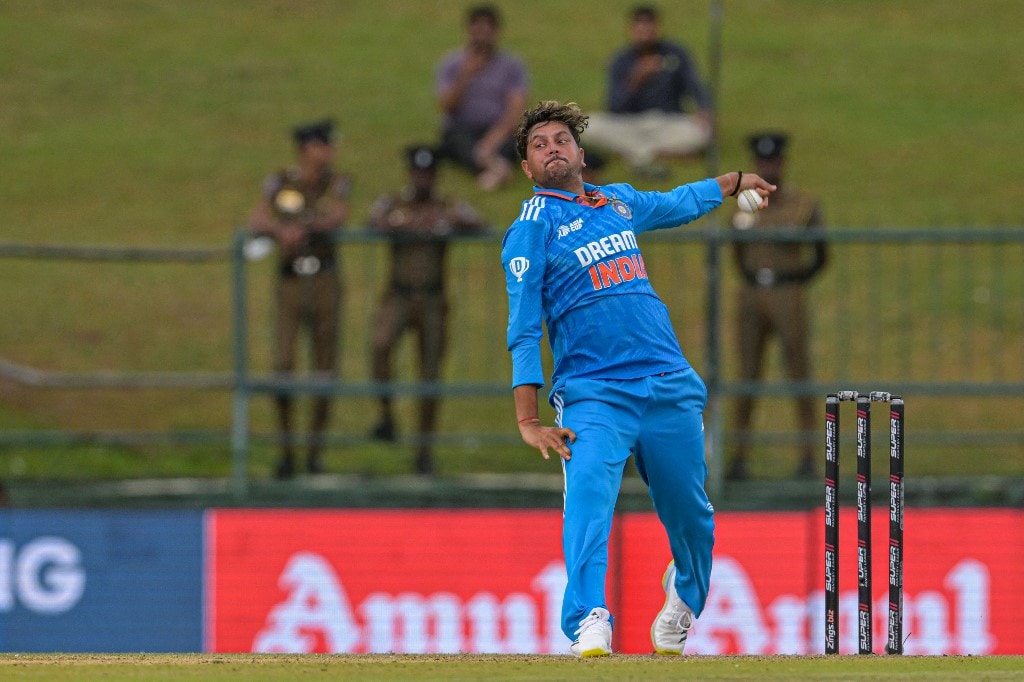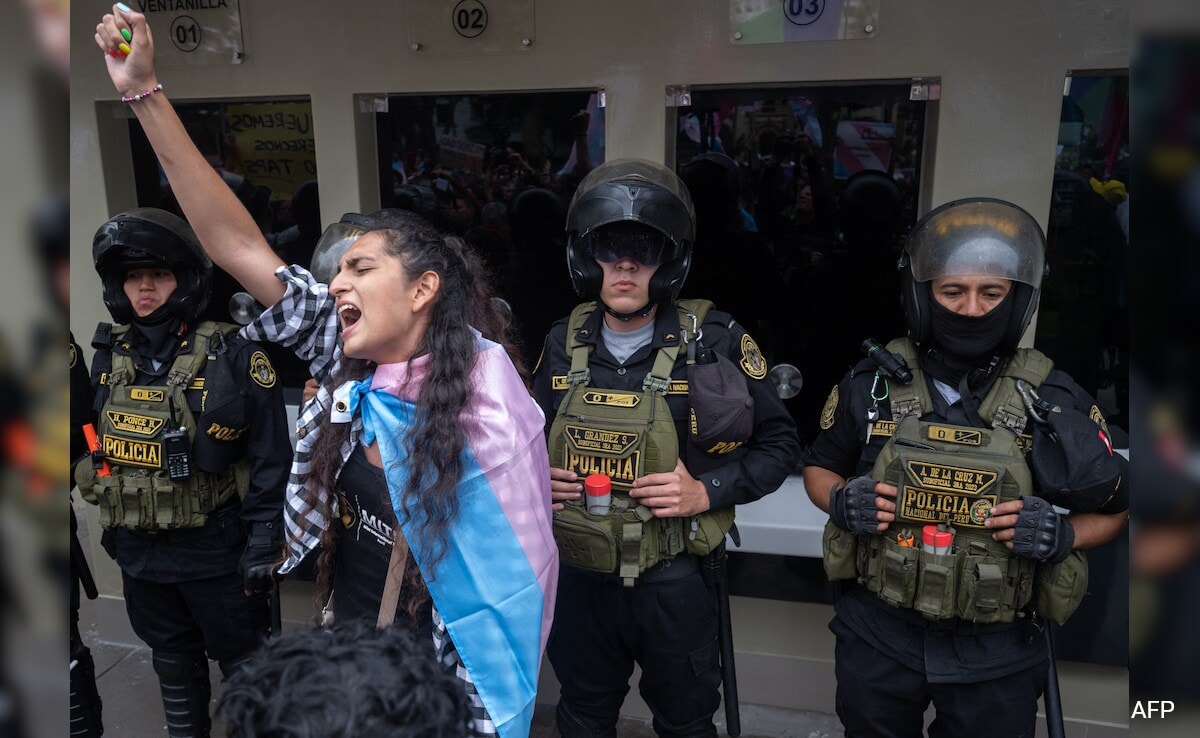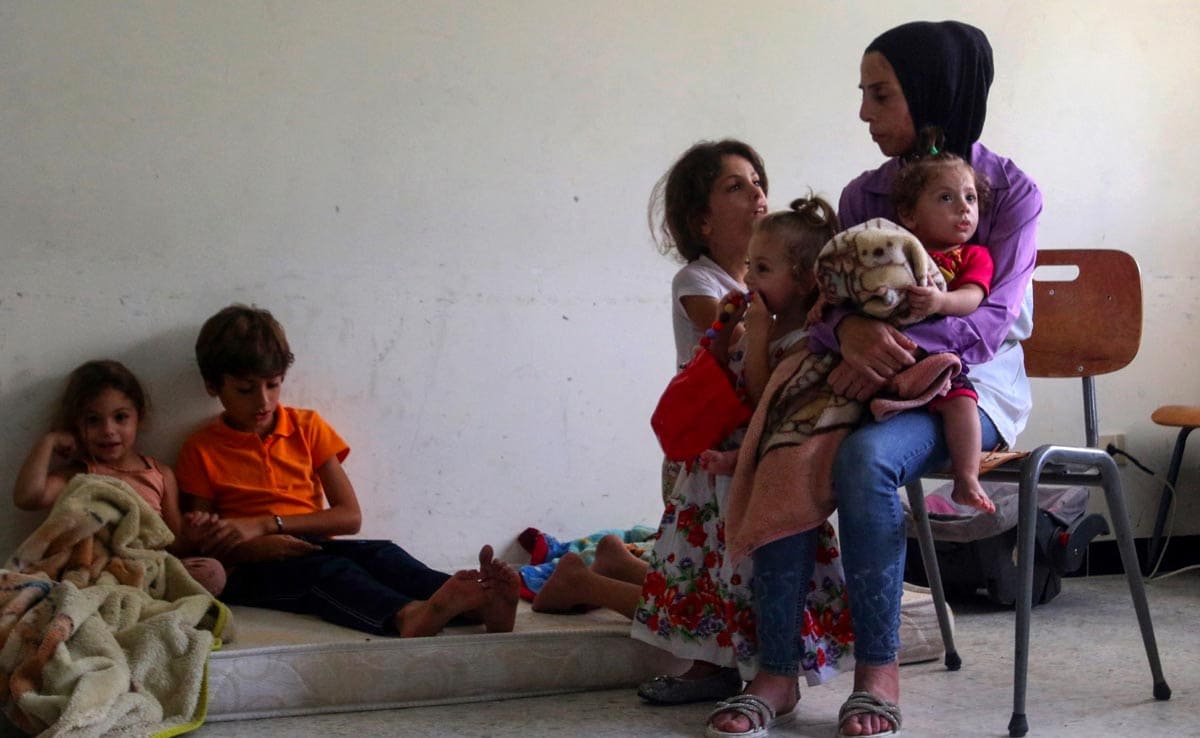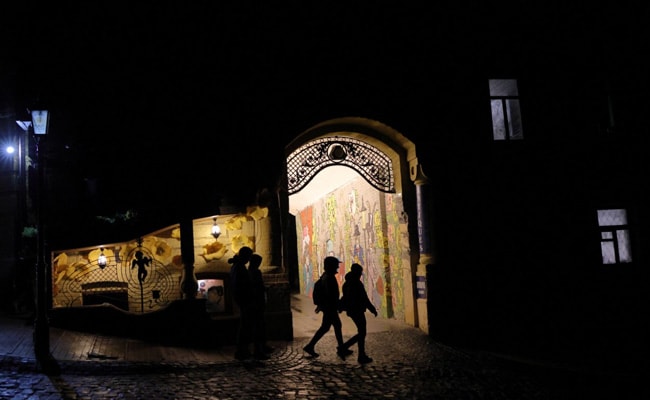As Bangladesh boiled over-
-Its Prime Minister Sheikh Hasina fled Dhaka after being in power for 15 years- she is now at an undisclosed location in India after landing at the Hindon airbase on Delhi’s outskirts,
– Days of protests and violence, then saw mobs ransacking Hasina’s homes and Mujib’s memorial. Attacks on Hasina’s Awami League supporters and their properties have seen minorities, particularly Hindus being targeted.
– The military moved in to stabilize the situation and a new interim government headed by Professor Muhammad Yunus has now taken charge.
His priority, he said, was “save the country from anarchy”, and warned protestors against attacking any minorities
Hasina’s departure also saw the release of Bangladesh’s biggest opposition leader former PM 78 year old Khaleda Zia, who accused Sheikh Hasina of corruption and being undemocratic- and promised a new future for Bangladesh as thousands joined a BNP rally
All eyes are now on where Sheikh Hasina goes next
1. Hasina is believed to be at a safehouse at the Hindon airbase- the choice making it clear her original plan was to fly elsewhere. Her daughter Dr. Saima Wazed lives in Delhi, as Regional Director for WHO, but said on social media she is unable to see her or hug her- later deleting that post .
In parliament, EAM Jaishankar said she had come just “for the moment”
2. Sheikh Hasina is believed to have applied to the UK for entry- but sources said the UK is not prepared to give her protection from prosecution, and the UK government cited technicalities on an asylum application. Hasina’s sister is a UK citizen and her niece Tulip Siddique is a British MP
3. There’s also Finland, where Hasina’s nephew lives
4. And the US, where her son Sajeeb Wazed Joy lives- but Hasina has had a tense relationship with the US. When asked, Wazed said she was the victim of an internal and external conspiracy
5. Other possible destinations like the UAE, and Saudi Arabia are being discussed, but for the moment, Ms. Hasina remains in India
So a word about the allegations of an external or foreign hand in the crisis and what to make of them. Obviously these are speculative, but since both Jaishankar and the MEA have not ruled them out, a moment to look at them:
1. The US has had testy ties with Hasina for decades- ahead of elections in January it brought a special visa policy mandating sanctions against officials suspected of subverting the election process. It has spoken up often for Yunus, a Nobel Laureate, and has now welcomed the new government in Bangladesh, fuelling rumours that it had a hand in supporting the protests
2. Pakistan has long been accused of trying to take revenge for Bangladesh’s independence from it in 1971- in this situation, links with the Jamaat Islami’s Chatra Shibir in particular came under scrutiny
3. And then accusations that China had an involvement in pushing out Hasina given her openly pro-India tilt, although the Hasina government worked closely with Beijing too.
However, none of these allegations have been proven and it seems quite clear that anger against Sheikh Hasina’s tenure, her crackdown on the opposition, journalists, civil society leaders and finally the students were the main reason for the protests. We had discussed those reasons in WorldView on July 26, where we had also spoken with Prof Yunus.
Apart from those concerns, India does have much to worry about with the changes in Dhaka:
1. About 19,000 Indians in Bangladesh, many of which have been brought back now
2. Worry that those fleeing violence and others could come across the borders- India has cancelled visas for now and stepped up BSF security
3. India’s infrastructure projects in Bangladesh, and in particular, the recently announced Adani power project could be reviewed. More than 10 billion dollars in trade and major connectivity moves also in the balance
4. India’s military cooperation, strategic and defence ties could also be a worry
5. With Bangladesh seemingly caught in the US-China geopolitical rivalry, India will have to work harder to keep its pre-eminent position in the country
Remember, Hasina’s departure is one of a series of political instability and turmoil in South Asia in the past few years:
1. In 2021, the military coup in Myanmar and the Taliban takeover in Afghanistan
2. In 2022, PM Imran Khan’s ouster in Pakistan and then protests forced President Gotabaya Rajapaksa to flee from Sri Lanka
3. In 2023 and 2024, the rapid changes in government in Nepal, and elections that brought President Muizzu to power in Maldives amid an India Out campaign
What now are the main lessons for India – in South Asia
1. Street power, the power of protests should not be taken lightly, even if they are quelled in the short term
2. Joblessness and lopsided unequal economic growth is increasingly a South Asian concern
3. Religious radicalization, and majoritarianism is endemic to South Asia, home to many religious majorities, and will need to be reversed- or there is the risk of spillover
4. Regional groupings are the only way South Asian countries can deal with their common social and economic challenges- if SAARC could be abandoned due to India-Pakistan differences, then what happens to BIMSTEC if India and Bangladesh now develop issues?
5. No change is permanent- Pakistan’s leaders have often gone into exile and returned to power, Rajapaksa has also returned to the country- and so might Hasina, but it is important to learn the lessons of democracy and keeping a finger on the pulse of the people- and for India to keep engaging all parts of its neighbourhood
WV take: The change in Bangladesh is a setback to India’s interests, both in terms of economic and in terms of geopolitical stakes and even as New Delhi works on helping Hasina remain safe and secure, it must engage the new regime in Dhaka- and show by actions more than words, that when it comes to the neighbourhood, India’s friendship is with a country and people not any one leader or party.
WV Recommendations
India’s Near East: A New History by Avinash Paliwal
Paradoxes of the Popular: Crowd Politics in Bangladesh by Nusrat Sabina Chowdhury
Midnight’s Descendants: South Asia from Partition to the Present Day by John Keay
THE COLD WAR IN SOUTH ASIA by Paul M. McGarr
The Justice Dilemma: Leaders and Exile in an Era of by Daniel Krcmaric
A world of 3 Zeros, A world without poverty and Banker to The Poor- the story of Grameen Bank by Muhammad Yunus















